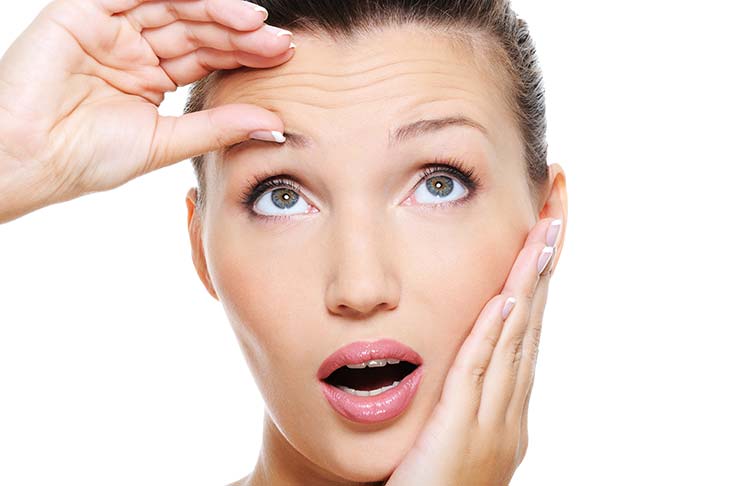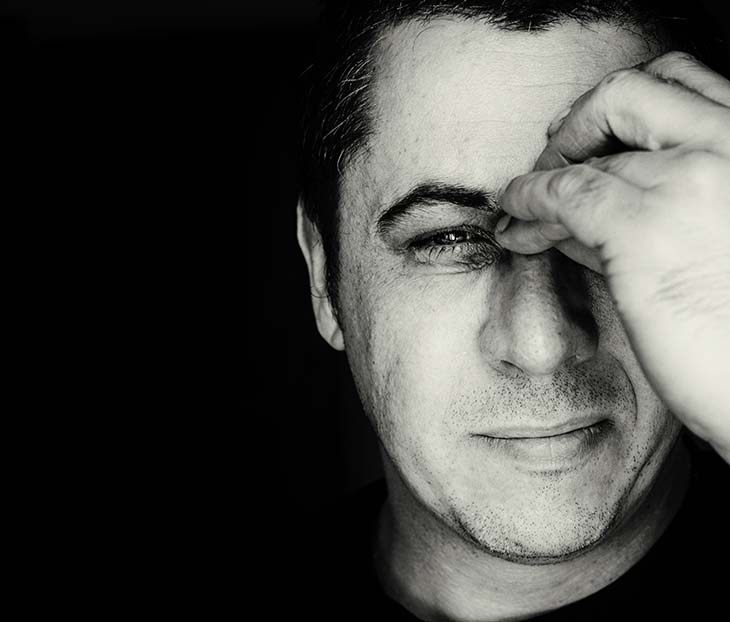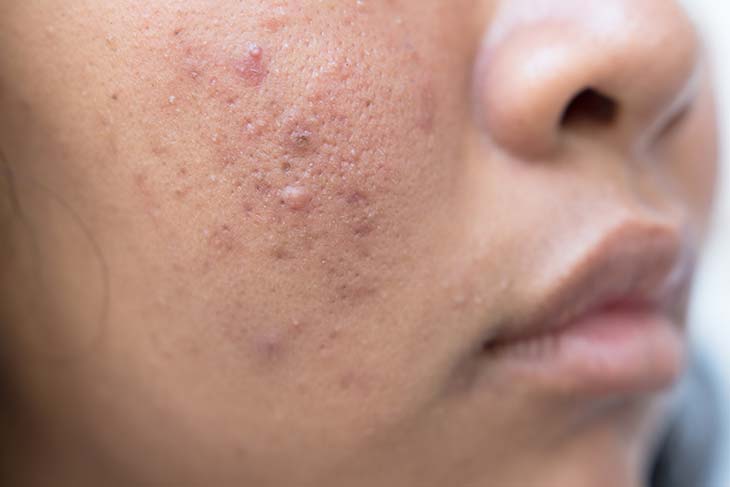Brow Lifts and Your Options

What You Need to Know about Brow Lifts
Are you tired of having deep lines and wrinkles on your forehead that just seem to get worse as you age? Do you miss the way your skin used to be smooth and youthful looking?
Then a brow lift might be the right cosmetic procedure for you. But before you book an appointment with your doctor, here are some things to keep in mind about brow lifts.
What is a Brow Lift?
A brow lift, also known as a forehead lift or browplasty, tightens the soft tissues of the forehead to restore a more youthful look to your forehead skin, upper eyelids, and eyebrows. As you get older, it’s common for the brow to assume a flat or horizontal position. A brow lift can help reverse the effect of gravity by rejuvenating the upper third of your face.
Having a brow lift can help:
- Reduce wrinkles that develop across the forehead
- Improve frown lines (vertical creases between the eyes)
- Raise sagging brows that are hooding the upper eyes
- Place the eyebrows in an alert and youthful position
Getting Your Brow Lift
There are three types of brow lift surgery: open brow lift, endoscopic brow lift, and limited incision technique. The type of brow lift that you get will be based on your facial features and aesthetic preferences.
Open brow lift—a long incision will be made across the forehead at the hairline or in one of the forehead creases, so that the skin can be lifted away from the underlying tissues. Your doctor will then loosen the muscles and remove the fat. Excess skin will be trimmed away before the remaining skin is pulled down and stitched to the brow in its new position. This type of brow lift is also known as classic, coronal, or trichophytic.
Endoscopic brow lift—an endoscope (a long, thin tube with a light on the end attached to a video camera) will be inserted through several tiny incisions in the scalp. This will allow your doctor to see and work on the various internal structures of the forehead. This technique requires minimal incisions, but it may not work equally for all patients.
Limited incision technique—this procedure is a combination of both the open brow lift and the endoscopic brow lift. It is a non-endoscopic procedure with limited incisions. This type of brow lift uses a small portion of the open brow lift technique to elevate the outside part of the eyebrows. The resulting scars are hidden in the temporal hairline. This procedure doesn’t address the center of the brow, but can reduce wrinkles at the corner of the eyes (crow’s feet).
Dr. Binder regularly relies on this form of minimal incision temporal lift given its unique advantages, which you can read more about here.
Recovery and Aftercare
In the majority of cases, the postoperative course after a forehead lift is relatively short, with minimal bruising or swelling. All sutures and clips are typically removed within 10 days. By styling the hair to hide the incision lines, most patients are able to resume a normal non-exceptional routine within two to three days after surgery.
Pick the Best Doctor
One of the most important things that you can do before receiving brow lift surgery is to pick the right doctor for the job. To learn more about your options and find out if you’re a good candidate for this type of surgery, book a consultation with Dr. Binder. With years of experience in his field, he has the knowledge and know-how to help you achieve the results you desire.





